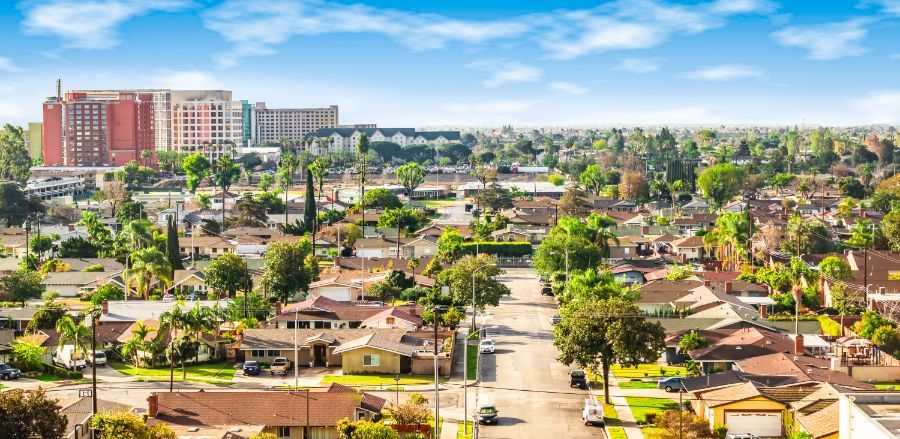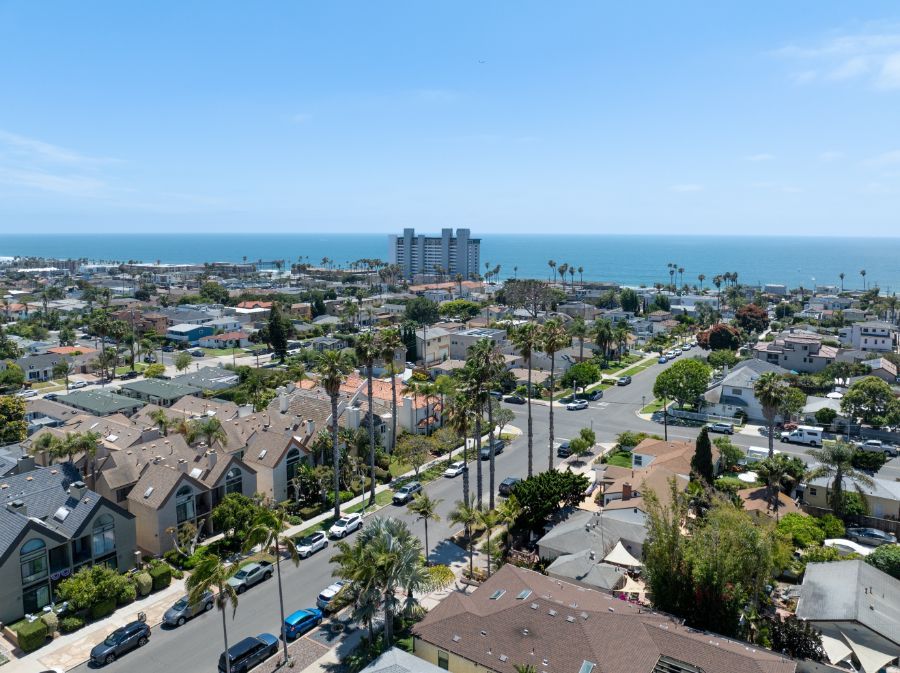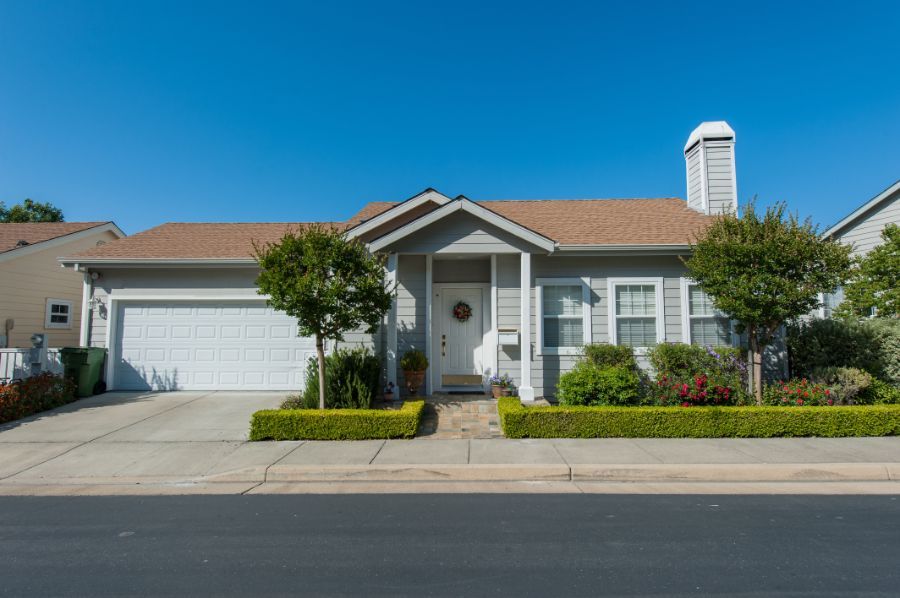Is It Worth Building an ADU in Orange County?

If you own property in Orange County, you’ve probably heard the buzz around accessory dwelling units (ADUs). These “bonus homes” are small secondary units on the same lot as a primary home—and they’re drawing interest from homeowners, real estate investors, and local planners alike. But is building an ADU in Orange County really worth it? Let’s break it down.
The Upside: Income, Equity, and Flexibility
One of the strongest arguments for building an ADU is the additional revenue stream. Given the ongoing housing shortage and strong rental demand in Orange County, a well-designed ADU can command a premium monthly rent. That means you can offset your mortgage, cover maintenance, or improve your cash flow.
Beyond recurring income, an ADU often increases the overall equity and resale value of your property. Buyers often see them as a desirable feature—especially for multi-generation families or investors. That “extra home” adds functional square footage, and in many cases, buyers are willing to pay for the versatility it offers.
Because ADUs are flexible, you can use them for family (in-laws, adult children), as short-term or long-term rentals, or even home office / creative studio space. That flexibility gives you options over time—not just investment yield.
The Costs & Challenges You Can’t Ignore
That said, building an ADU isn’t easy or cheap. In Orange County, you’ll face high construction costs, permit fees, and regulatory hurdles. Materials, labor, and utility hookups can add up fast—especially in jurisdictions with strict building codes or fire safety requirements.
Local cities may impose impact fees, infrastructure upgrades (e.g., sewer, drainage), and design restrictions. You’ll also need to ensure compliance with zoning, setbacks, and parking rules. All of this takes time and effort. Delays can add months (or more) to your timeline, and those costs erode returns.
Maintenance over time—roofing, plumbing, HVAC, repairs—must be accounted for too. And of course, there’s the possibility of vacancy or tenant turnover.
Return on Investment: What to Expect
To decide if it’s worth it, your numbers have to make sense. In many pockets of Orange County—especially closer to job centers, transit, and amenities—ADUs can deliver a solid return on investment (ROI). Some homeowners see payback in 10–15 years (or faster, if rental rates are strong). In lower-rented areas or neighborhoods with stricter restrictions, the ROI might be less compelling.
A good rule of thumb: estimate your total build cost (construction, permitting, utilities, landscaping, and soft costs). Then compare that to projected net rental income (after operating costs), factoring in vacancy and maintenance. If the internal rate of return (IRR) or cash-on-cash return meets your investment threshold, go for it.
When It Might Not Be Worth It
If your lot is small, steep, or has a tricky footprint, construction costs can balloon. In parts of Orange County where rents are modest or demand is soft, rental income might not justify the upfront expense. If local regulations are especially restrictive (e.g,. historic districts, coastal zones), the permitting and design challenges might undermine your upside.
It’s also worth noting that if you’re building primarily for resale, the value buyers place on ADUs can vary. Some buyers won’t value them as much, especially if they perceive maintenance risk or regulatory complications.
Final Word: It Depends—but Often Yes
In many cases, building an ADU in Orange County can be a smart move—provided your numbers work and your site is feasible. The potential to generate a steady income, increase property value, and offer flexibility is compelling. But you can’t ignore the costs, regulations, and risks.
If you’re considering it, run a detailed cost-benefit analysis, speak with local architects or ADU specialists in your city, and check zoning early. The upside can be very real—but success depends on planning, execution, and location.





